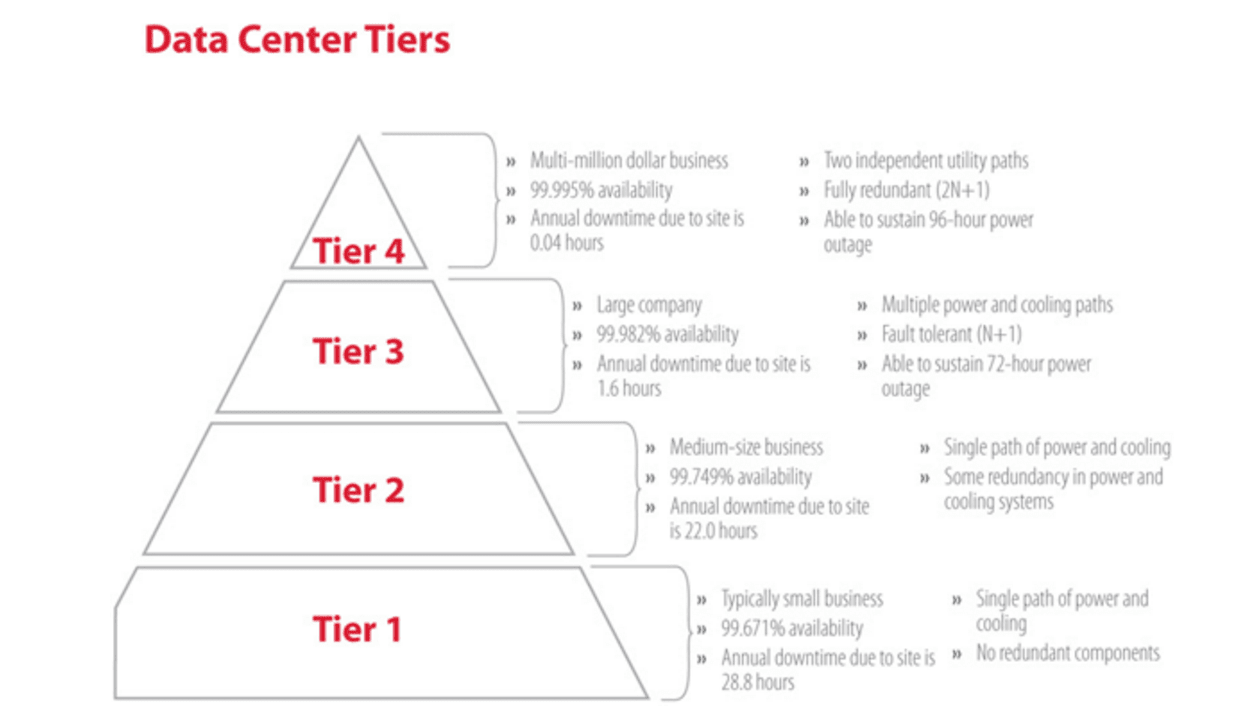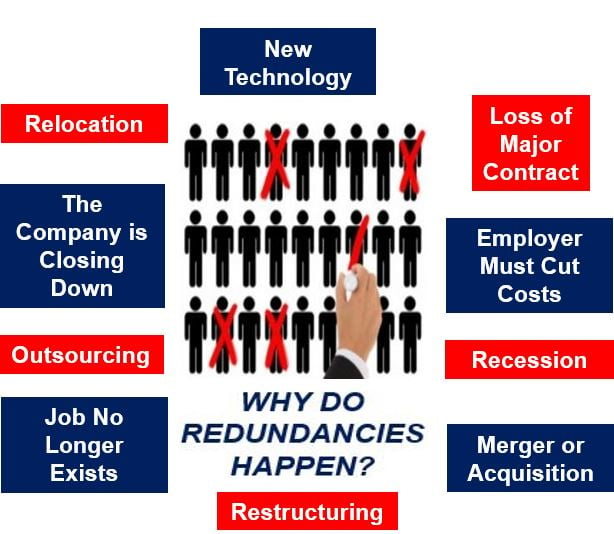If a Company Goes Bust Who Pays Redundancy? Legal Insights for UK Personnel
If a Company Goes Bust Who Pays Redundancy? Legal Insights for UK Personnel
Blog Article
Unpacking the Methods for Mitigating Company Redundancy and Enhancing Business Durability
In today's vibrant business landscape, the capacity of companies to navigate uncertainties and difficulties is extremely important for long-lasting sustainability. Mitigating company redundancy and improving organizational strength have become prime focus for leaders striving to grow and adjust in an ever-evolving market. By delving into the intricacies of tactical preparation, labor force optimization, and technological integration, business can not only enhance their operations but likewise strengthen their structures to withstand unpredicted interruptions. As we discover the diverse techniques used by forward-thinking organizations, a deeper understanding emerges right into the aggressive procedures essential for promoting dexterity and perseverance in the face of modification.
Assessing Current Business Redundancies
To efficiently evaluate present business redundancies within a company, a thorough evaluation of the existing procedures, duties, and responsibilities is necessary. if a company goes bust who pays redundancy. By performing a comprehensive assessment of the different functions and tasks carried out within the organization, monitoring can identify locations where duplication of efforts or ineffectiveness exist. This assessment ought to not just concentrate on specific task duties but likewise think about exactly how different divisions engage and work together
One strategy to evaluating redundancies is to analyze work summaries and responsibilities to identify any kind of overlaps or gaps in responsibilities. Furthermore, assessing the workflow and communication networks can disclose traffic jams or unneeded steps in procedures. It is important to entail staff members at all degrees throughout this examination to get understandings from those directly involved in daily operations.

Implementing Agile Workforce Approaches
Complying with a detailed assessment of existing organizational redundancies, the implementation of dexterous labor force approaches comes to be important for optimizing operational effectiveness and versatility. One essential aspect of implementing nimble labor force approaches is fostering a society of continual knowing and advancement.
One more essential aspect of dexterous workforce techniques is promoting clear communication and encouraging staff members to make decisions autonomously within their duties. On the whole, implementing nimble workforce approaches can aid business remain affordable in today's rapidly developing organization landscape.
Leveraging Modern Technology for Performance
Leveraging advanced technical services can substantially improve operational efficiency within organizations seeking to enhance procedures and enhance resource usage. By integrating automation devices, expert system, and data analytics, business can simplify workflows, decrease manual errors, and make data-driven decisions promptly. Automation can manage repetitive tasks, allowing staff members to concentrate on more critical campaigns, thereby improving performance and innovation.
Additionally, the execution of cloud computing solutions makes it possible for smooth collaboration amongst team members, no matter their physical place. This promotes communication, enhances task management, and enhances overall effectiveness. Additionally, using customer relationship management (CRM) software can aid businesses much better comprehend their consumers' needs, individualize communications, and inevitably raise customer complete satisfaction and commitment.

Urging Constant Learning and Advancement
Carrying out a culture of continuous knowing and growth is essential for fostering growth and adaptability within a dynamic organizational atmosphere. Motivating staff members to participate in ongoing understanding possibilities not only enhances their individual abilities yet additionally contributes to the total durability of the company. By focusing on continual discovering, companies can stay useful source abreast of market trends, adjust to technological improvements, and stay competitive in the market.
To effectively encourage continuous discovering and advancement, firms can develop understanding and growth programs, provide possibilities for upskilling and reskilling, give accessibility to on-line programs and resources, and create an encouraging learning setting. Managers play an essential role in advertising a society of knowing by leading by instance, providing comments and training, and acknowledging and awarding staff members' learning success.
Building a Resistant Business Society
Creating a resistant corporate society is critical for organizations seeking to browse difficulties and grow in an ever-evolving organization landscape. A resistant business society is characterized by versatility, openness, open interaction, and a strong feeling of objective. To build such a culture, leaders need to prioritize cultivating depend on among workers, motivating collaboration, and advertising a growth attitude. Clear communication about organizational adjustments, difficulties, and successes is crucial in developing a culture where staff members really feel notified and valued. In addition, giving chances for professional development, recognizing and compensating workers' contributions, and advertising work-life balance are necessary aspects of a resistant corporate society.
Leaders play a significant duty in forming the society of an organization. By leading by example, showing durability in the face of difficulty, and proactively supporting their groups, leaders can instill these values throughout the organization. A durable business society not just assists companies withstand difficulties yet additionally cultivates innovation, boosts employee interaction, and inevitably adds to long-term business success.
Final Thought
In conclusion, the strategies for minimizing company redundancy and improving organizational strength are essential for maintaining competition in today's vibrant company atmosphere. By analyzing current redundancies, implementing nimble labor force strategies, leveraging technology, urging constant learning and development, and building a resistant company culture, organizations can adapt to alter, boost efficiency, and foster technology. These proactive procedures will aid companies browse challenges, lessen interruptions, and make certain long-term success in the ever-evolving market.
Complying with an extensive analysis of present organizational redundancies, the execution of agile workforce techniques becomes vital for enhancing operational efficiency and adaptability - if a company goes bust who pays redundancy. Generally, carrying out active workforce approaches can aid firms remain affordable Continued in today's quickly progressing service landscape
A resilient corporate society not just aids business hold up against difficulties however likewise promotes innovation, improves worker involvement, and eventually adds to long-lasting business success.

Report this page